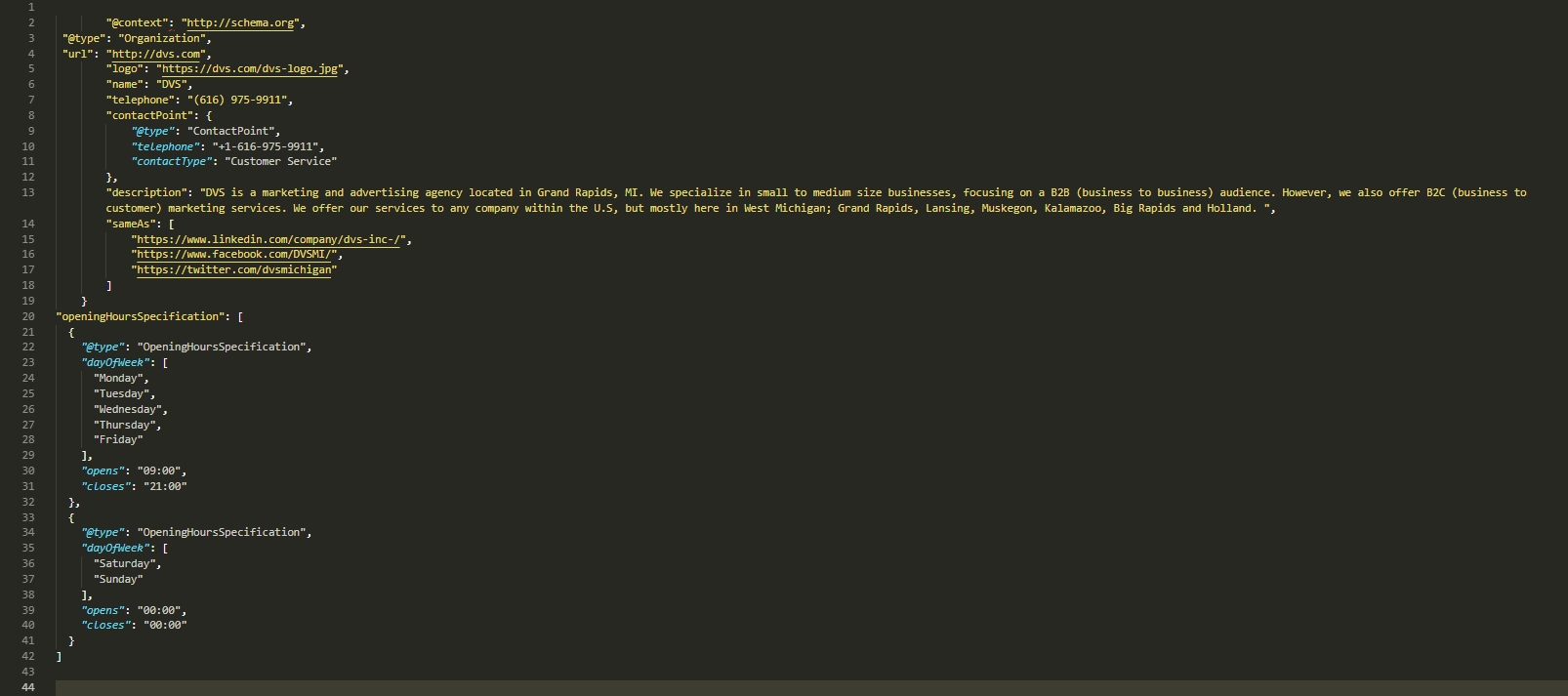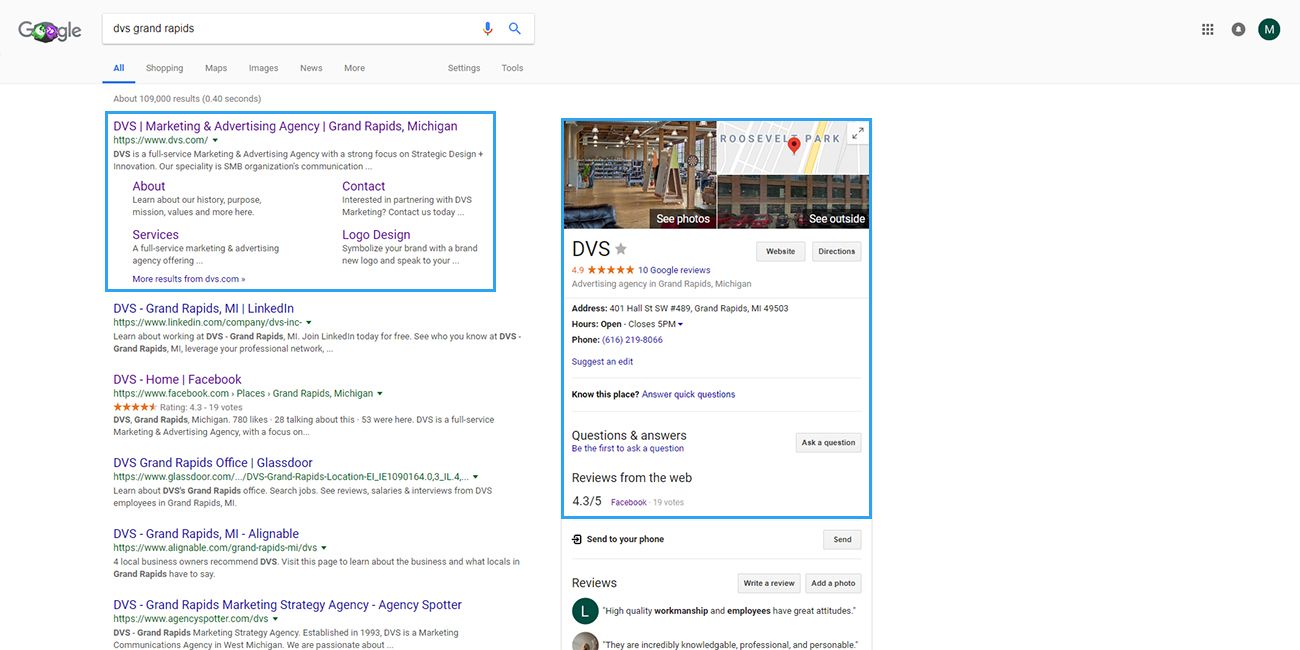Structured Data, Schema, and Rich Snippets—Oh my!7 min read

As much as the internet may seem like the wild west, below the surface are highly structured pathways, organized notations, and rules. This was not always the case. There was a time when the internet was roiling with different concepts of organization and how users would find information. The early chaotic stages of the internet created sly marketing strategies, like stuffing hidden keywords into a page or using phony websites to build more links back to your own.
Thankfully, companies like Google and Bing have provided guidelines and rules to put an end to the chaos. Now, search engines give webmasters and marketers the knowledge and rules to properly market their company. Ultimately, companies who follow these guidelines and transparently provide information are rewarded with high visibility through search engines. With search engines being the number one information-gathering and research tool on the planet, high visibility can be an extremely profitable marketing tactic. Working to achieve this visibility is called Search Engine Optimization (SEO).
The Basics of SEO
Google and other search engines decide what websites appear at the top of a search engine results page by using information gathered by bots or “spiders”. These spiders crawl through every website on the internet and document the information on each page, how well it’s organized, and its credibility. Thousands of factors help search engines determine a site’s credibility and relevance to search queries and only Google knows them all. But, we do know these spiders enter a website, read all of the code (HTML, CSS, PHP, etc.) and look for page titles, topic points, and keywords. Without any other SEO strategies being implemented, these factors are the main way Google ranks websites within the search results.
Structured Data, Schema, and Rich Snippets
Enter stage right, structured data, Schema, and rich snippets. These SEO techniques help expand and focus the information search engines index. Instead of allowing Google to glean information only via spiders, you can dictate what information and keywords are associated with your website. Websites with structured data are more visible to customers in the search results and may increase its click-through rate by 30%.
Structured Data
Structured data is a way of organizing data so Google and other search engines can better understand the content of your page. It is created using JSON-LD and looks like a text file of a web page’s important ideas. If I wanted to tell a search engine the basic information for who and what DVS is, I would use the following structured data snippet.

This snippet of JSON-LD lets search engines know how to get to our website, the company logo, our contact information, what our company is, and when we are open. This is a fairly basic snippet, but already it is supplying search engines with a great deal of information they present to the user.
This snippet is just one example. Structured data can be used for article cards, recipes, how-to lists, and more. Check out these examples on Google:
Rich Snippets
Rich Snippets are search results enhanced with images, descriptive text, or other visual elements. They stand out from common organic results and will push other results below the fold. There are hundreds of ways a search engine can display rich snippets, and structured data is what sets the guidelines for how your website’s snippet will appear. Unfortunately, structured data is not a guarantee that every relevant search query will feature your content in a rich snippet. However, it will increase your chances, especially when you align structured data with other SEO tactics.
Schema
Schema is the common language used to write structured data. It was developed by Google, Bing, and Yahoo to make it easier for webmasters and developers to implement structured data and receive the maximum benefit for their efforts. Schema.org is a database of the semantic vocabulary used when creating tags (microdata) to add to a website’s HTML. These tags are what guide the way search engines read and represent a webpage in the search engine results page (SERP).
Structured Data, Schema, and Rich Snippet’s Effect on SEO
The goal of your SEO strategy is to engage with search engine users actively searching for the information your website offers. Using structured data to provide more in-depth information in the search results is a way to generate leads and convert sales. Although Google does not share its search volume data, it’s estimated there are 70,000 searches performed per second. Even though each search produces millions of results, the first page captures 71-92% of user’s clicks (Moz).
Structured data ensures your site populates the specific and relevant results, giving searchers detailed information, and increasing the likelihood of winning the click. A strong presence in the search results creates more opportunities to interact with online users, create more leads, and drive sales. DVS has experience implementing structured data and aligning it with an SEO strategy. Contact us with any questions or to learn more about what structured data can do for you.
